Featured content
Content summary
We release the September issue of Smart Water Magazine Bimonthly. This month we take a closer look at advances in the digitalisation of the water industry. This magazine’s cover features Emma Pryor, Head of Major Project Delivery at Sydney Water. In an exclusive interview, she discusses how Australia’s largest single water utility is working to adapt to a growing population, a changing climate, and changing customer needs, while it plans to reach net zero carbon by 2050 and remains a successful business. The water services of the future need to plan for resilience and optimize their operations: read on to find feature articles and interviews on the many areas where water and digital technology meet and give rise to a promising future. For instance, in a real-world use case, Swedish utility VA SYD is using Siemens’ AI-based leakage detection to reduce non-revenue water and work towards its climate-neutral ambition. Operational efficiency is a must to achieve sustainability objectives: from measurement, to connectivity, to data analysis, Badger Meter’s end-to-end solutions help clients better manage their water assets, while WEG’s Motion Fleet Management enables monitoring and control of critical water infrastructure. Do not miss our interviews, such as with Xavier Cardeña from HMS Networks, a key partner for water companies in their digitalisation journey, with Nipa Basu – GHD Digital – delving into the potential of generative AI, and with Yanir Laubshtein, an expert from Sygnia on cyber risks in the water and sanitation sector. Be sure to explore all our usual sections, packed with more interviews, opinions and features, such as with inspiring Mina Guli, a passionate advocate for water protection. Find this and a lot more in Smart Water Magazine 19.
Features
A water treatment plant serving 7.5 m people in Hong Kong successfully implements Envirosuite's Plant Optimiser, a digital twin technology
ACCIONA shares how crucial adopting a circular economy model is, particularly in the context of water conservation and management
Swedish utility VA SYD is using Siemens’ SIWA LeakPlus to reduce non-revenue water and work towards its climate-neutral ambition
Badger Meter combines measurement, communications, data and analytics into smart water solutions, for efficient and sustainable operations
Motion Fleet Management, part of WEG’s digital product family, enables monitoring and control of water assets for optimal operations
PET’s product solutions target excess phosphorus for both static and flowing freshwater systems and can help reduce GHG emissions
Minsait’s solutions for digital transformation cover the entire process from data collection to data analysis for actionable insights
Agenda21500 has completed its first contract in the city of Syracuse, in Italy, involving supply and sanitation project management
Almar Water Solutions discusses the function of water in Chile’s mining sector, highlighting water reuse and desalination as critical
DATAKORUM has created a universal and comprehensive IoT solution that allows for the digitization of the entire water infrastructure
ENOWA’s Water Innovation Center has developed a selective mineral recovery process from seawater brine for beneficial use
The tourism sector in Egypt relies heavily on water for various activities, making sustainable water management vital
The United Nations 2023 SDG assessment calls for a renewed commitment to Agenda 2030
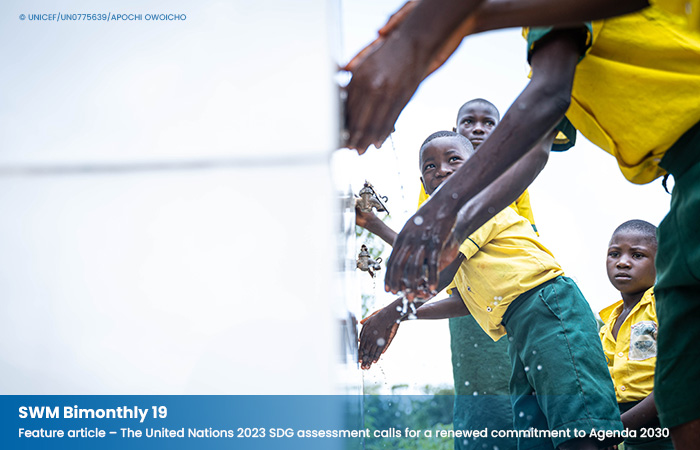
Interviews
Interview with Emma Pryor, Head of Major Project Delivery, Sydney Water
- In 2023, our customers are more forward-thinking and community-minded than even just five years ago when it comes to water
- Sydney Water plans to invest A$30B up to 2033 to deliver the level of service our customers expect in Greater Sydney and the Illawarra
- One hundred per cent of the biosolids produced by the Upper South Creek Advanced Water Recycling Centre will be used as fertiliser
- We are targeting to convert over 90% of our meters to smart meters by 2035, to gain a more granular understanding of customer water usage
- Through the Malabar Biomethane Injection Project, we will be able to recover up to 99.5 percent of methane from wastewater
- Our long-term planning is looking at ways to increase the proportion of rainfall independent supply Greater Sydney has access to
- We are planning now to ensure Sydney has a resilient and reliable, world-class drinking water supply into the future
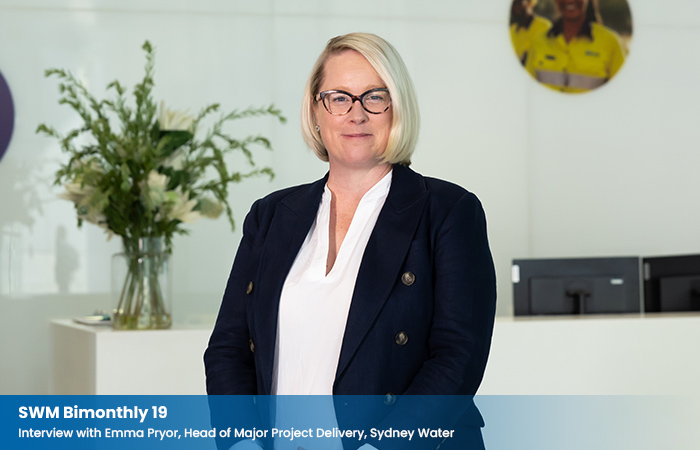
Interviews with Xavier Cardeña, Water Market Development Manager, HMS Networks, and with Frank Schlichtherle, CEO of SIWAtec Wassertechnik GmbH & Co. KG
- Consider Data as a raw material that brings transparency and visibility of everything that happens in a water treatment plant
- With IoT technology it is possible to reduce energy consumption by between 15% and 35%, depending on the type of process
- HMS products connect hardware and software in one way or another – helping users become more connected, productive, and sustainable
- Data combined with analytics help companies understand the behaviour of the systems, optimize processes to eliminate weaknesses
- HMS, as a leading company in information technology and industrial communications, has cyber security as a top design priority
- The Ewon Flexy IoT gateway is the perfect solution for any project to connect machines to cloud systems for remote access and data analytics
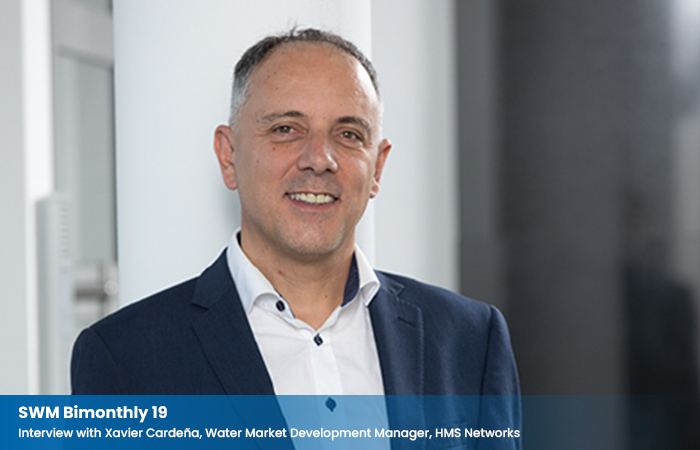
Interview with Álvaro Romero Danés, Smart Water Director at NTT Data Europe & Latam
- We are elevating solutions and services in the water and sustainability industries, backed by a team with all the necessary IT profiles
- The water industry is undergoing transformations due to climate change, urbanization, and the requirement for more sustainable management
- Sustainability calls for taking into account social and environmental factors as part of water management, as well as public participation
- The key is not just to focus on digitalization but also on the infrastructural changes required to support this digital shift
- The Water Observatory platform is responsible for collecting, analysing, and disseminating information on the water cycle and uses
- Water, much like other utilities, is a critical resource, and we're witnessing a pivotal, disruptive shift within the water sector
- AI streamlines the management of water infrastructure, encompassing distribution networks, treatment plants, and asset management
- As the 6th leading IT company globally, we adapt to the unique needs of each region, thus ensuring efficient, sustainable solutions
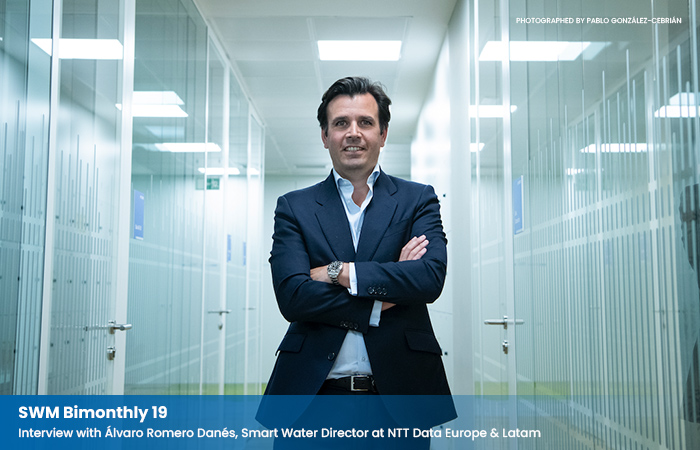
Interview with Nipa Basu, GHD Digital Global Practice Director - Digital Intelligence
- In 2018, GHD embarked on a journey to address digital disruption in the $300 billion Architecture, Engineering, and Construction industry
- The potential of generative AI extends beyond productivity gains: it can also play a role in sustainability and climate change objectives
- Ethical and responsible use of generative AI is crucial, requiring collaboration between governments, regulators, and business leaders
- AI directly will not change anyone’s mind, but can make compliance with regulations and doing the right things easier for businesses
- We now have “bigger” data; lots of research, training, and understanding is needed for the proper use of AI-generated data
- The water industry must implement robust security measures to mitigate risks and ensure the integrity and reliability of their systems
- With the current tailwinds for the adoption of AI-based solutions, I see that operators will be better equipped to make decisions
- Generative AI will be used not only for facility operations, but also business operations and designing of water-related systems
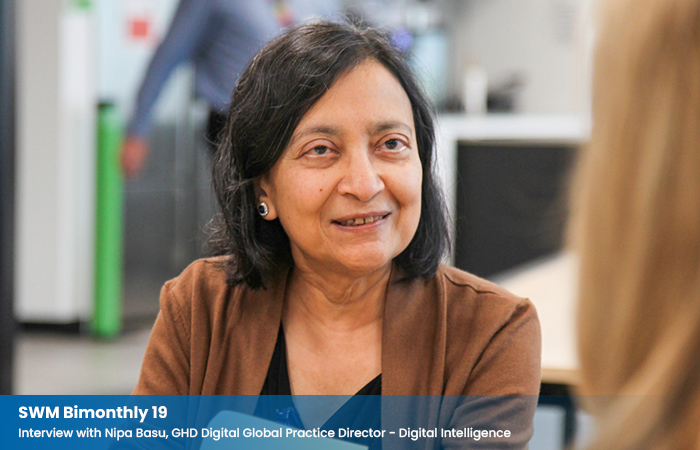
Interview with Nergis Yapici, Industry Development Manager (India, Middle East & Africa) at Nalco Water
- India’s soaring population and scarce water resources create a decrease in per capita water availability, urging ingenious solutions
- In the Middle East, there's a growing realization that sustainability is crucial, resulting in a surge in investments in water reuse tech
- The growth potential of Africa shines bright, driven by its vast water resources that hold the promise of boosting agriculture and industry
- Governments and businesses are recognizing the need to adopt more sustainable practices to ensure long-term water availability
- Nalco Water uses a suite of solutions to help customers minimize water while maximizing operational performance and reducing total cost
- Our primary innovation areas are chemical products, automation and control systems, and advanced monitoring and digital services
- A pioneer in connected technology, Ecolab has gained years of insight from working on the ground at nearly three million customer locations
- In 2020, Ecolab launched ambitious sustainability goals to continue to increase our positive impact through our work with our customers
-at-Nalco-Water-web.jpg)
Interview with Martin Jackson, Head of Digital Strategy & Product Management at Northumbrian Water
- We believe digital innovation is essential to enable a high-performing, sustainable and efficient water organisation for our customers
- We are working with partners to develop an economically feasible self-powered smart meter module that customers can benefit from
- Stream is an open data initiative with 11 participating water companies who are dedicated to unlocking the value from sharing water data
- The potential for water companies to create a truly smart water or wastewater network, relies heavily on the development of AI
- Our product teams work closely with vendors to evaluate the future capabilities that are coming and define a roadmap of future deliverables
- Co-botics leverages the unique strengths of both people and robotics, where the technology can help scale, accelerate or perform a task
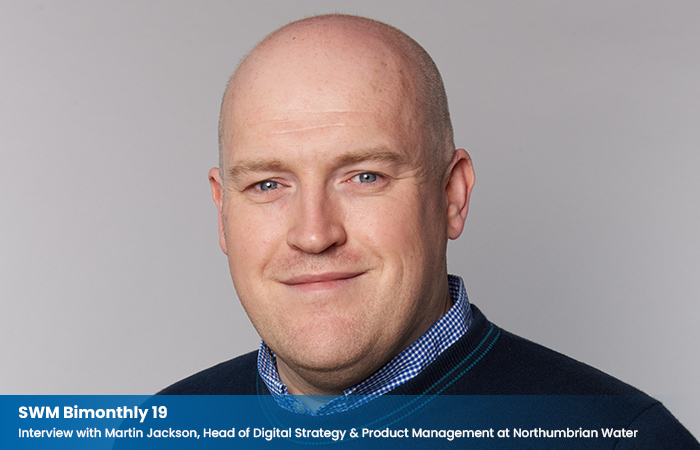
Interview with Yanir Laubshtein, VP Velocity XDR, Sygnia
- The water sector faces unique cyber risks due to the nature of water systems and the criticality of uninterrupted service
- We are seeing cyberattacks increasing against water utilities worldwide, but there is a lack of awareness and urgency around these threats
- Regional collaboration on cybersecurity has been slow to emerge in LAC, though organizations like the OAS and IDB are driving improvements
- Achieving true cybersecurity prioritization and integration into organizational culture faces both technical and human challenges
- Within the water sector, connections between treatment, distribution, and wastewater systems create cyber risks that can cascade
- Improving governance, law enforcement training and infrastructure investment remain critical for LAC to close cyber maturity gaps
- Both the public and private sectors play vital and complementary roles in securing critical infrastructure like water systems
- Joint public-private cyber wargaming, Israel's use of cyber regulations, and the UK's public outreach provide examples for adaption globally
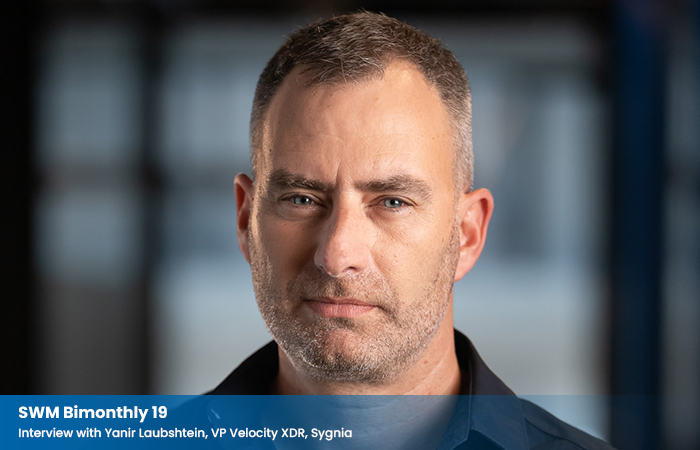
Interview with Mina Guli, Founder and CEO of Thirst Foundation
- As a water advocate and ultra-runner, I’m committed to doing whatever I can to make a difference, like running 200 marathons in one year
- The UN Water Conference shone a bright spotlight on the world’s worsening water crisis and showed that water is central to everything
- The reality is there is no lack of solutions across the world - but there is a lack of awareness of the scale and urgency of the water crisis
- There is a lack of awareness of the urgency of the crisis and a lack of will to take the steps to implement, replicate and scale up solutions
- Decision makers do not seem to see that the ongoing degradation of our rivers, lakes and wetlands is at the heart of the water crisis
- Another aim of our Run Blue campaign is to raise awareness not just about water challenges but also highlight possible solutions
Interview with Albert van Dijk, Professor, Water and Landscape Dynamics, Fenner School of Environment & Society, Australian National University
- The Global Water Monitor Consortium provides comprehensive climate and water information via an online climate and water data explorer
- The world is changing fast, and it's important to have more immediate access to what is going on with climate and water
- Worldwide the underlying trend of warming has consequences that are starting to be felt as drought and flood records continue to be broken
- For water availability next year, we make predictions on the current ocean circulation patterns, combined with the current water storage
- Water resources management is the skill of understanding and managing the connections between water, climate and economic development
- Our main purpose is to provide an up-to-date picture of the global water cycle and water resources, so that we can identify threats
Interview with Tom Slaymaker, UNICEF Senior Adviser, Statistics and Monitoring (WASH)
- WASH services rural coverage has increased rapidly, but urban coverage has increased more slowly or stagnated due to urban population growth
- Achieving universal access by 2030 will require a sixfold increase in current rates of progress for safely managed drinking water
- We lack agreed indicators to monitor progress on gender-related aspects of water, sanitation, and hygiene at national and global levels
- The purpose of the JMP/GLAAS gender review is to identify opportunities for enhanced monitoring of gender in relation to SDG WASH targets
- Urban coverage of basic hygiene services is not keeping pace with population growth and has decreased from 36% to 32% in sub-Saharan Africa
- The amount and share of ODA going to WASH are decreasing; most of the future investment will need to come from national governments
- Climate change is making it more challenging to extend WASH services to unserved populations and to keep existing WASH services running
Opinion articles
Helen Hulett, Executive Director at Talbot
John W. Norton, Jr., Ph.D., PE, Director of Energy, Research, & Innovation, Great Lakes Water Authority and Katherine Y. Bell, Ph.D., PE, BCEE, Director of Water Strategy, Brown and Caldwell
Ken Lynch, VP of Marketing at Senet
Stephen Ollier, Associate Director in Water at Arup
Neil Bosworth, Head of Vertical Segment Manager IoT Products, Telit Cinterion
Paul Fleming, President, WaterValue and Blair Troutman, President, Blue Water
Kira Taylor, freelance journalist specialising in European energy, climate, and environment news
Graciela Chichilnisky, CEO, GT Climate Innovation, Inc. and Co-Founder, Global Thermostat
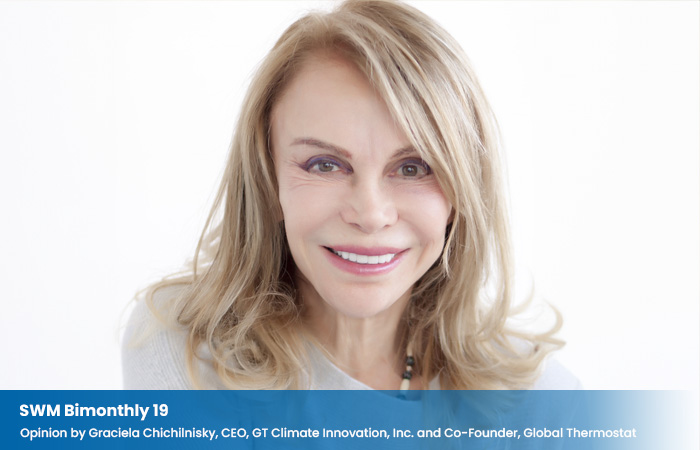

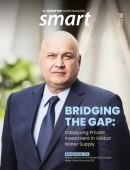


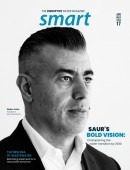


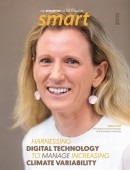


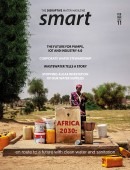

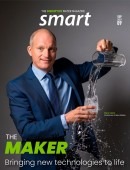


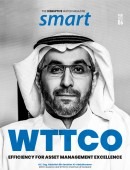
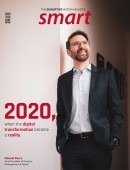




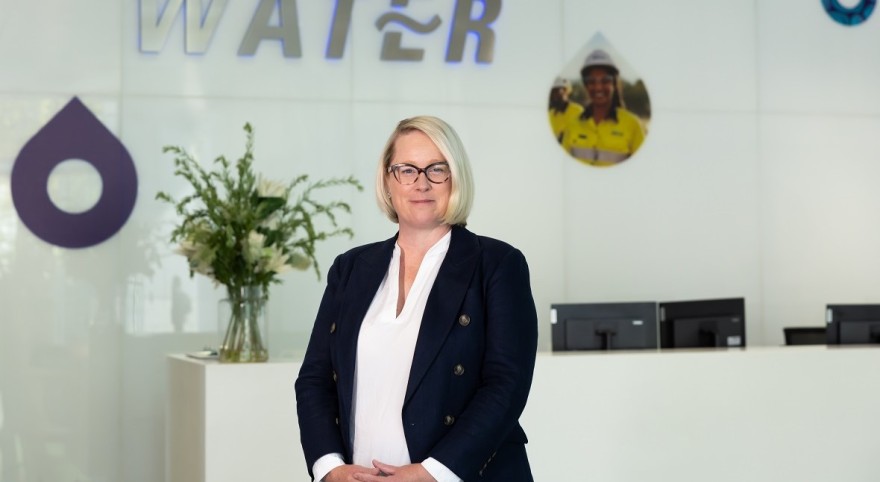
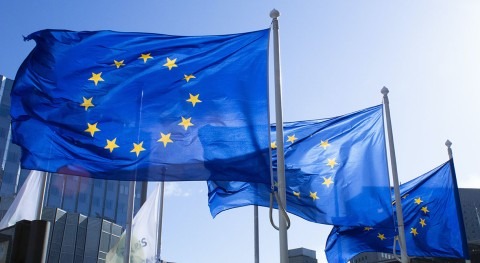






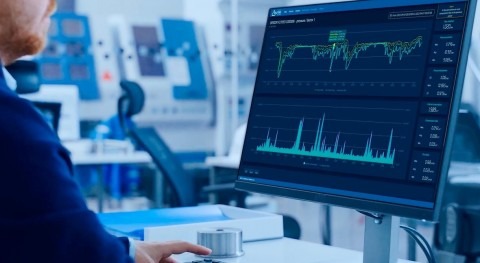
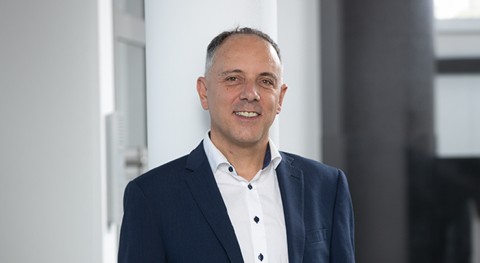

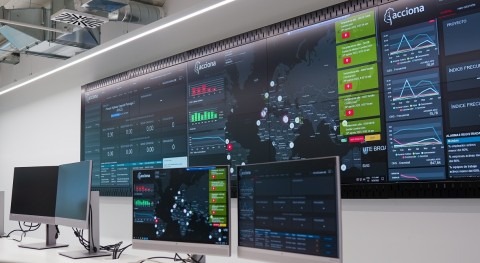
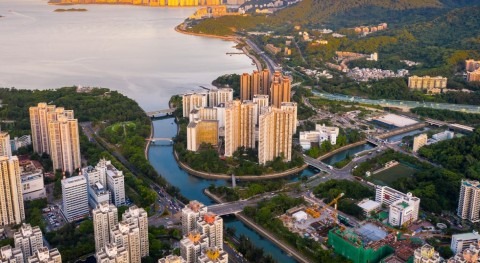


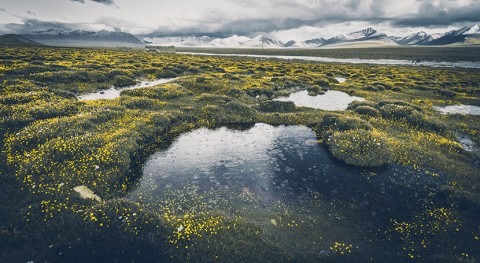
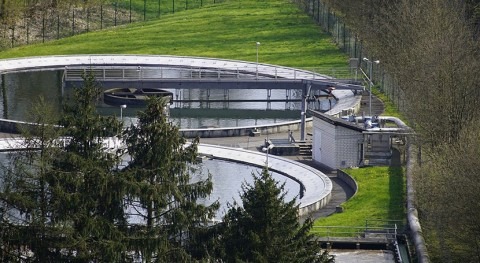

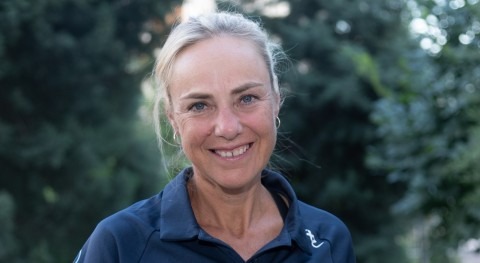



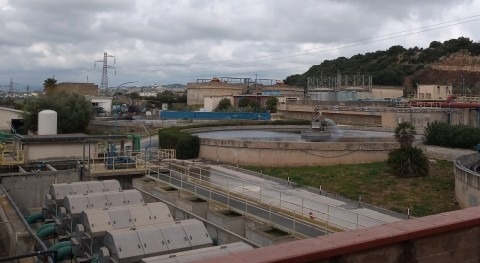

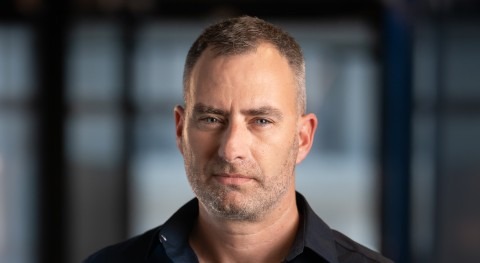




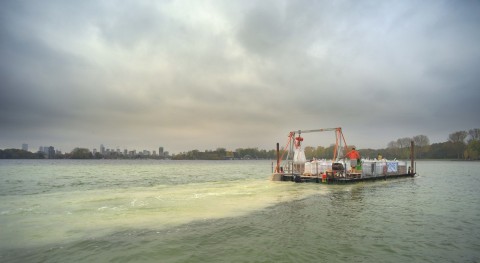

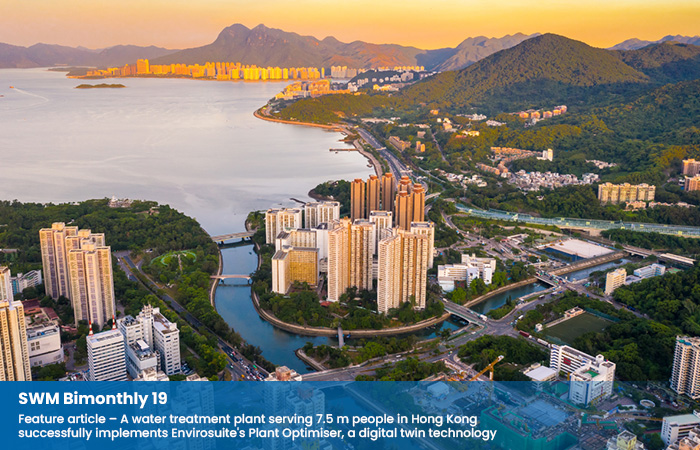
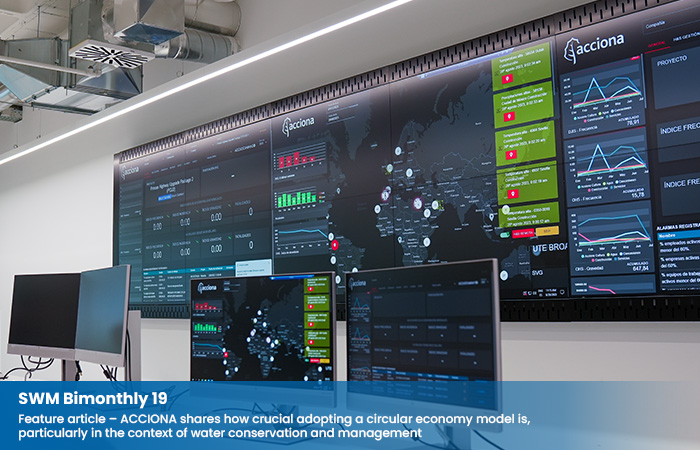
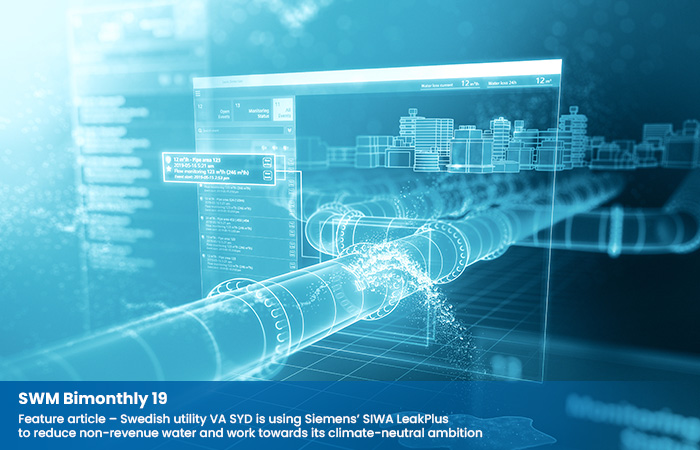
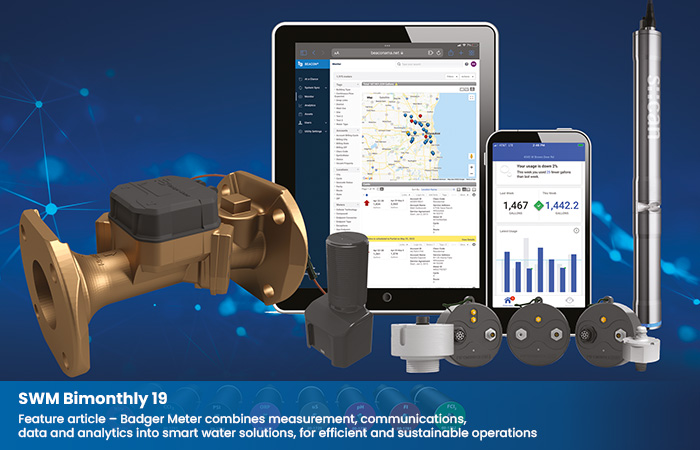
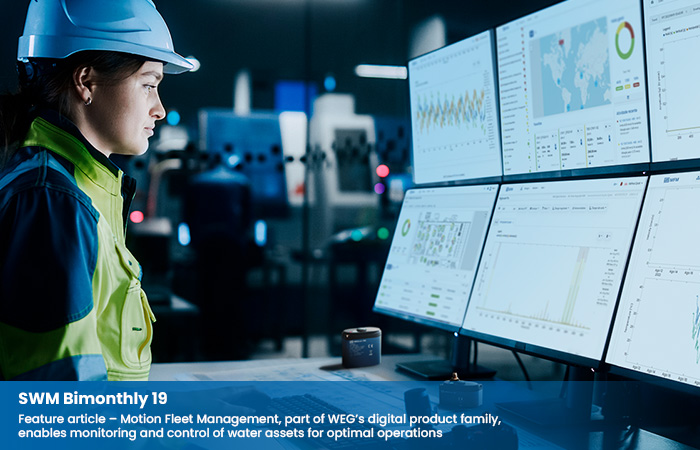
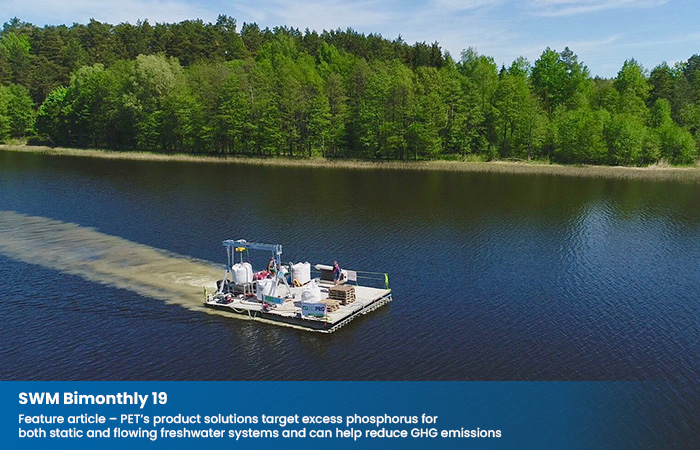
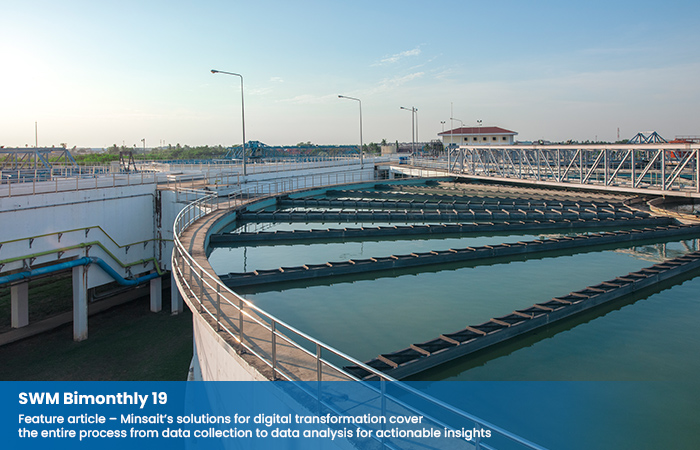
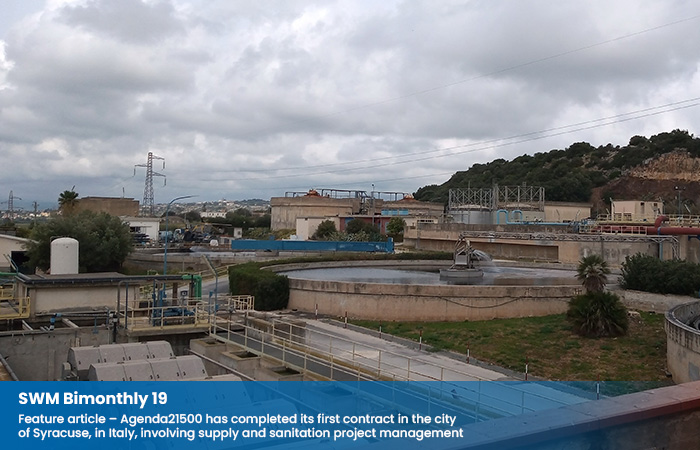
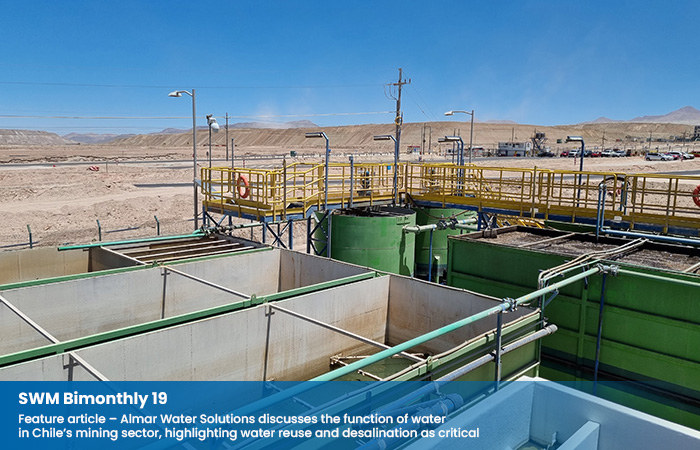
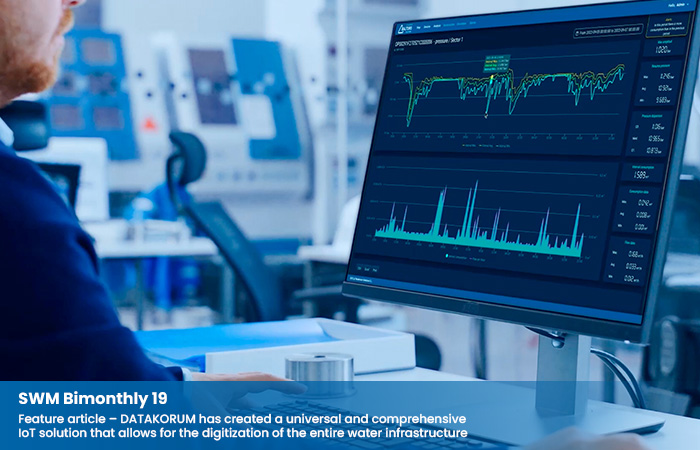
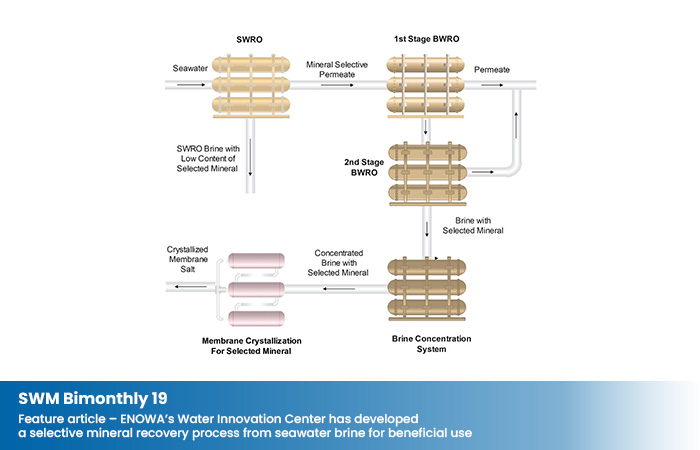
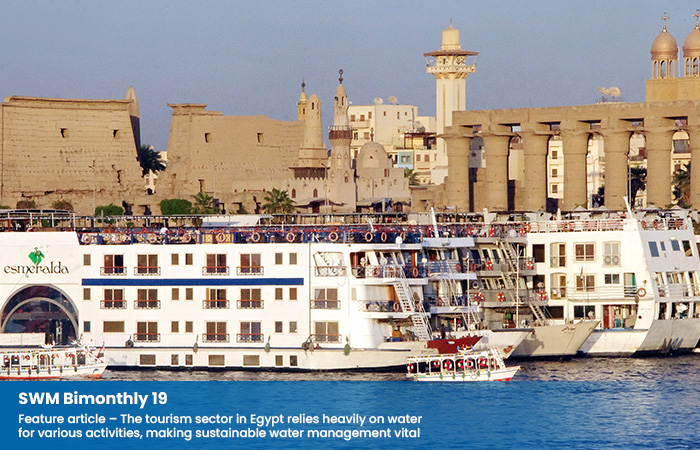
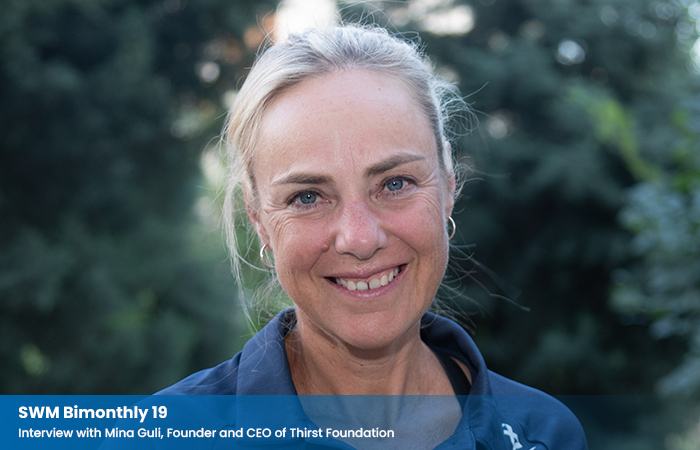
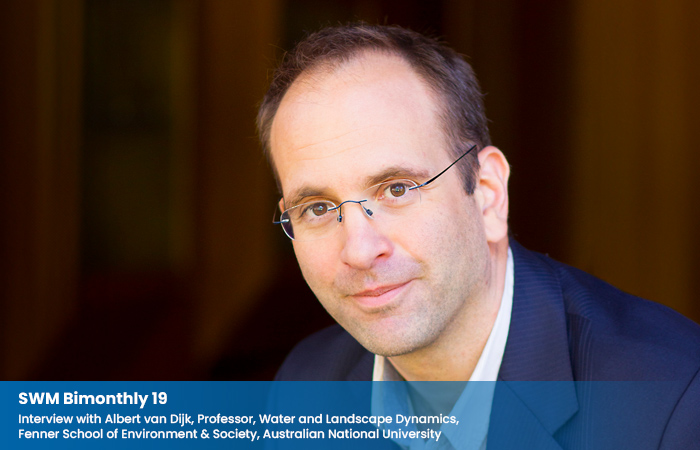
-web.JPG)






